How the Jeep Grand Cherokee Trackhawk Became the Ultimate Daily Driver

Driving the Jeep Grand Cherokee Trackhawk allows you to take a deep dive into the uniquely creative minds of the Street Racing and Technology (SRT) team at Fiat Chrysler Automobiles (FCA).
The recipe for this car sounds kind of simple: Take the 707-horsepower supercharged V8 from the Dodge Challenger and Charger Hellcat, then put it into the top-of-the-line Jeep Grand Cherokee and cook those tires.
But then you stop to think about it… Why would anyone actually do that? Isn’t that just crazy?
Power to the People
“Well, SRT always works to bring high-end performance to the average customer,” says Joe Kubina, the Chief Engineer for the Grand Cherokee Trackhawk and SRT brand. This is true — there has been an SRT version of the Grand Cherokee since 2006. “In 2006 to 2010, the 420-horsepower Grand Cherokee SRT could run with the Porsche Cayenne S,” Kubina says, suggesting that the Jeep SRTs have always been at the level of other high-end and expensive SUVs in terms of performance.
See Also: 2018 Dodge Challenger Hellcat Widebody Review
But the team at SRT noticed that premium brands kept upping the horsepower number of their SUVs, in addition to the pricetags. “Mercedes-AMG, BMW M, and Land Rover SVO, those vehicles aren’t attainable to the regular people,” Kubina said. “We knew we could do the Grand Cherokee with the Hellcat engine and beat those with price and performance while having a totally different flavor than those vehicles.”
The Experience
The flavor of the Grand Cherokee Trackhawk is intense, to say the least. Poke the start button and the Trackhawk roars to life. There’s no way to be subtle about it, even if the exterior of the vehicle doesn’t seem as aggressive as what’s under the hood.
But from the driver’s seat, there’s no denying the fact that the car is something special. It growls and lurches with every little bit of pedal movement. That’s expected when you’re in an exotic or lightweight sporty two-door, but when you’re in a comfortable, large SUV? It’s a drastically different experience.
While the Grand Cherokee is comfortable and easy to drive at slow speeds, it becomes frustrating when traffic closes in around you and limits how spirited your drive will be. When you escape to a side road, you have to deal with curves and imperfect roads, which isn’t the Trackhawk’s strongest suit, but it copes. The sporty suspension is stiff and there’s no avoiding the weight of the vehicle when trying to push it through a sequence of turns.
See Also: 2018 Jeep Grand Cherokee Trackhawk Review
But it becomes intoxicating to feel the pit of your stomach climb into your throat when you punch the throttle. It’s addicting to watch the numbers climb on the tach and speedometer. The noises are a fanfare, urging you to go on. You end up looking way off into the distance, and in the millisecond it takes to ensure that you’re not breaking the speed limit, you’re already where you were looking at previously. It’s like a magic trick.
High-Horsepower History
This isn’t the first truck that SRT has worked its magic on. From 2004 to 2006, they offered the SRT-10, a Ram 1500 with an 8.3-liter V10 engine. This is the same engine that was offered in the Dodge Viper and it made 500 hp and 525 lb-ft of torque. It could reach highway speeds in under 5 seconds and was designed for the sole purpose of shaming the Ford SVT Lightning. “It was a different approach back then,” said Kubina. “We just wanted to beat the Ford Lightning, and we totally did, thanks to that V10 engine and transmission. However, the sales figures didn’t support us.”
ALSO SEE: Jeep Cherokee vs Compass: Which Crossover is Right For You?
Fewer than 10,000 Ram SRT-10s were made, and the SRT folks considered it a special hot rod truck. “The Grand Cherokee was different because we had that supercharged V8 in a number of cars,” he said. In comparison, the V10 in the SRT-10 was found in one car, the Viper, which was a low production, expensive product, while the 6.2-liter Hellcat V8 is a variant of the Hemi engine found in many other FCA vehicles. You can find the 707-horsepower version of the engine in Dodge’s mass market Charger sedan, as well as the large Challenger coupe, this Grand Cherokee Trackhawk, and it’s also available as a crate engine for car customizer and racers. Simply put, it’s a more accessible engine.
But that didn’t mean the Trackhawk was just a plug-and-play job. There was more involved than just swapping the engine and calling it a day, the SRT team explained. “One of the toughest things that we had to manage was that we had to introduce a car at a new price point,” the chief engineer said. The Trackhawk is available for just under $90,000, making it the most expensive product ever offered by the brand. “That’s new ground for us in the Jeep brand. We needed to blend the performance of the vehicle with the refinement that a customer spending that much money would expect, while also providing the other qualities that a Jeep-branded vehicle of that segment would have.” They referenced the muting of the supercharger noises and the usage of more high-end materials in the cabin as a result of this challenge.
It Also Had to Be Tough
Jeep customers also expect a certain kind of ruggedness and durability out of their vehicles, and if there’s something high-horsepower cars aren’t always known for, it’s the day-to-day usability that a regular, more mainstream car has. Extremely high-performance cars have engines that run very hot, and when you add that factor to the amount of stress all that power puts on all the components, it can mean that certain wear and tear items will need maintenance and replacing sooner.
See Also: 2019 Jeep Grand Cherokee Trailhawk Review
The team behind the Grand Cherokee Trackhawk suggest that the vehicle could easily withstand daily driving duties and work in inclement weather conditions, too. That’s because the car they started with, the Grand Cherokee, already had to deal with the stress of getting trail rated, tow-capable, and off-road ready. The SRT team has to do their own performance testing too with a lot of cycles testing the heating and cooling of the various high-performance components and the impact all that power has on them. They suggest that the Grand Cherokee Trackhawk is validated twice and will not be a diva-like exotic or require special treatment. Like any other car, it goes 10,000 miles between oil changes and comes with the usual FCA warranty.
Starts with the Fans
That means this is a car that bucks many trends. It’s a high-performance SUV that can outrun dedicated sports cars, while also offering tons of space, comfort, and usability. It’s the ultimate daily driver. But the team at SRT made sure to tell me one more important thing: it starts with the customers. People asked about it first. The fans wanted to see something from FCA that could run with the very best across several segments. And after researching the business case, that’s exactly what Jeep made.
ALSO SEE: Jeep Renegade vs Compass: Which Jeep is Right for You?
Discuss this story on our Jeep Forum

Sami has an unquenchable thirst for car knowledge and has been at AutoGuide for the past six years. He has a degree in journalism and media studies from the University of Guelph-Humber in Toronto and has won multiple journalism awards from the Automotive Journalist Association of Canada. Sami is also on the jury for the World Car Awards.
More by Sami Haj-Assaad



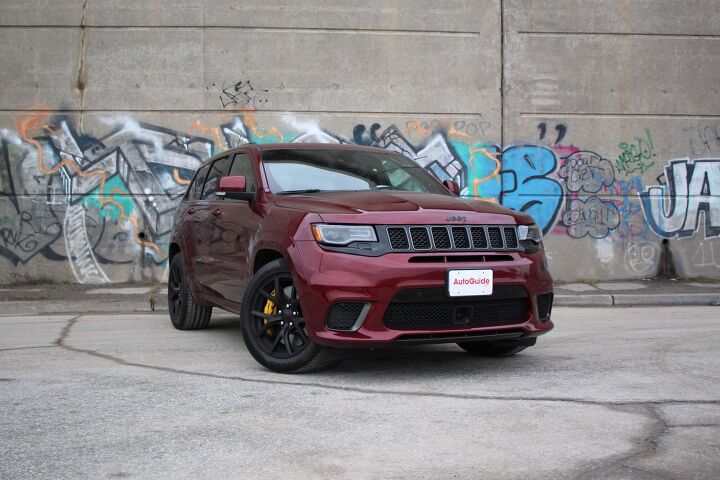
















































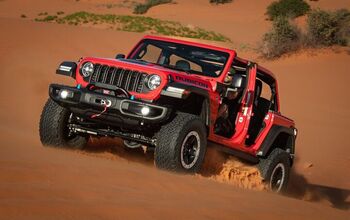





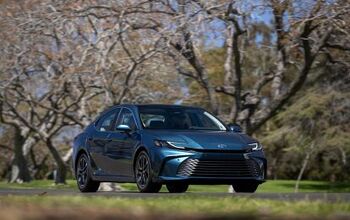
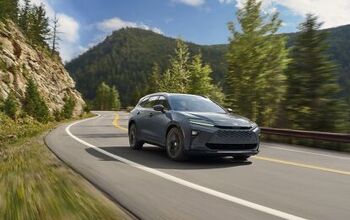



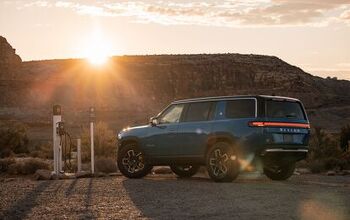

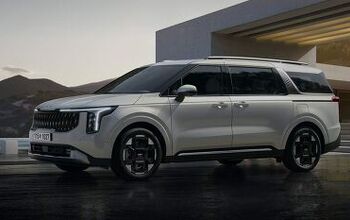
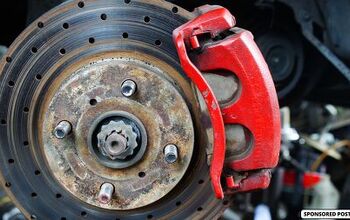
Comments
Join the conversation
looking for a 2005 to 2009 jeep grand wagoneer. blach would be nice but I'm open 100,00 K ok pristine. trade 2008 lincoln town car good shape with a few scratches. need to finance the difference.